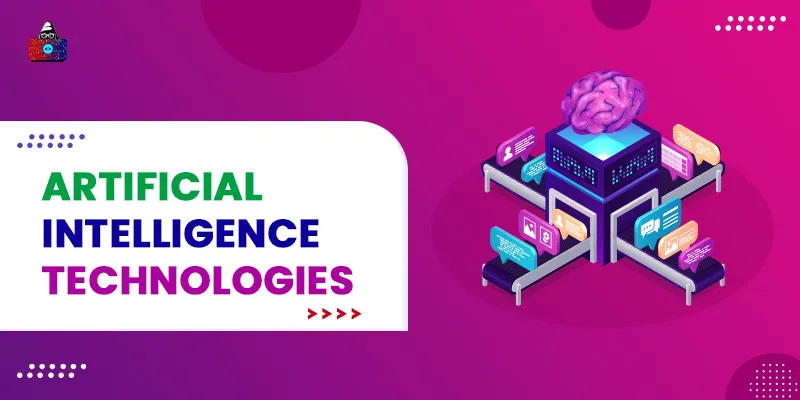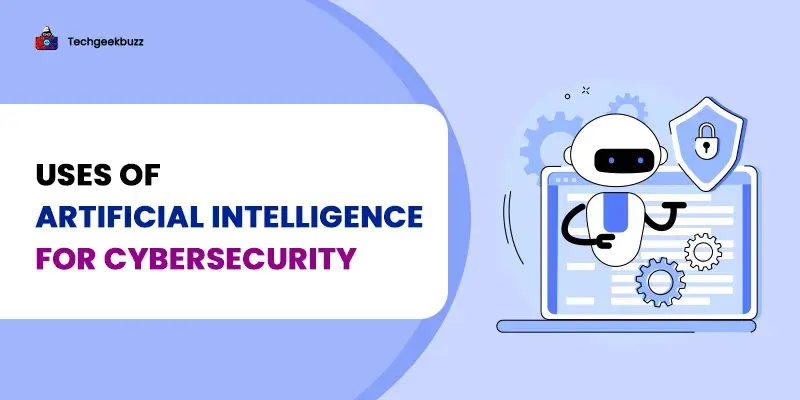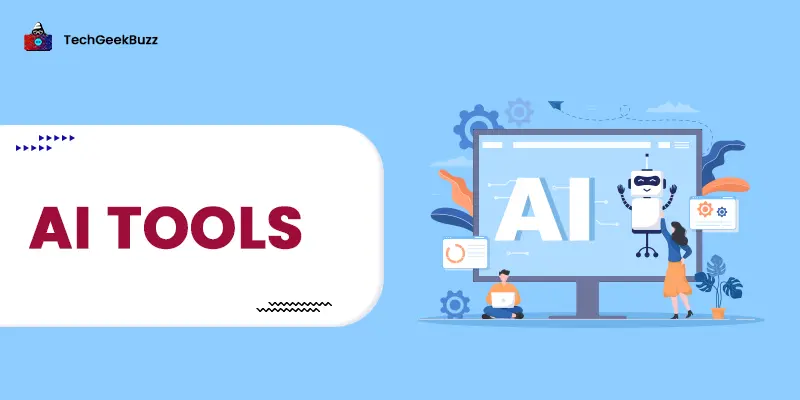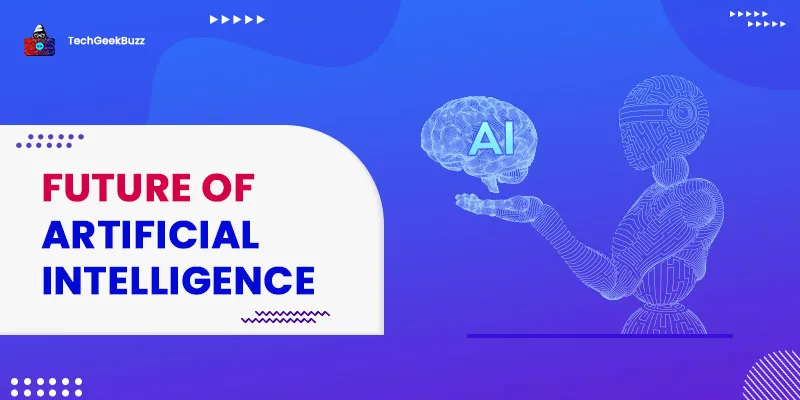Are you looking for powerful Artificial Intelligence Technologies?
What is Artificial Intelligence?
As humans, we have become intelligent enough to impart some of our intelligence into machines. Well, not exactly! But if machines can do some of the tasks of humans, life will become easier – for example, diseases can be diagnosed more accurately and faster, monotonous jobs can be left to machines, machines can make simple decisions like whether to take a right turn or move straight based on the other vehicles on road and so on. AI is already making advancements and AI engineers are in high demand. The most recent application of AI technologies is in faster testing and detection of COVID-19, which is easing out the load on the medical staff. The same way, drones, and robots are being used to supply medicines and other essentials. Drones are also being used to enforce social distancing measures. All this is being done to avoid human to human contact. Does that mean we will lose jobs in the future? It may seem so, because if machines start thinking like humans, what are we humans supposed to do? But that is far-fetched. Even if machines do possess some intelligence, humans alone can control the machines and the extent to which machines can make decisions. Further, for the collection and processing of data, we need human intervention.
The Top Artificial Intelligence Technologies (AI)
Here we have listed 10 top Artificial Intelligence Technologies that have a great future
1. Natural Language Processing
NLP allows interaction between humans and machines (computers) using natural language. Our virtual assistants like Cortana, Alexa, and Siri are the perfect examples of NLP. Alexa can speak in about 15 languages – English, Hindi, Spanish, French, etc. Alexa and Siri sound just like humans as their voice is based on text to speech software built using deep learning AI techniques. The capabilities of these voice-based systems are getting better by the day. If we ask a simple question to Alexa, for example, “What is the population of the world?”, it records and sends our audio to a voice service system via the internet that parses the audio into a machine-understandable format. The answer is sent back as an audio file and played for you. NLP systems store human data and learn from it constantly. For example, if Google is unable to understand something that you ask, the system improvises over time and understands your queries better next time on. NLP’s Voice based processing is most interesting because it is faster and doesn’t require typing – it is just like the interaction between two humans. Other simple examples of NLP are:
- Autocomplete – when you type something on a search engine like Google or Bing, you get suggestions. Autocomplete helps people find the correct information in less time.
- Spell check and autocorrect – Spell check works on NLP. Spell check not only checks spellings but also corrects any grammatical mistakes in the sentence. Same way, if you have mistyped a word on Google, it tries to guess the right word and then gives the results based on what it thinks is the right word – which is often the case.
- Google translate – Translate is a tool that translates your text in any language. For example, if you want English to Spanish translation, you have to just type the words and the translation happens simultaneously.
- Chatbots – Chatbots act as support assistants to solve user queries. As of now, bots can understand and solve simple queries and provide relevant information that best answers the queries of a user.
2. Robotics Artificial Intelligence Technologies
Robots have been doing many tasks just like humans, especially during this tough time of COVID-19 through their disinfection capabilities and ability to deliver essential supplies within the hospital premises. Robots are being used in logistics, warehouse, and manufacturing industries to fill in for the shortage of workers. As long as robots can follow human instructions and do just that, they can prove to be very useful and can perform repetitive or hazardous tasks, otherwise done by humans. The design, implementation, and use of robots for all the above are called robotics. A lot of robots developed today have capabilities to make simple judgments. Recently, Fortis hospital has deployed robots to screen patients coming to the hospital. The robot can register patient details, check their temperature, virtually connect them with the doctor. The doctor can then check for more symptoms and advise the next steps – all this without any face to face contact. Although robotics is considered an AI technology, it involves more than just AI algorithms. Robotics also includes sensors, non-AI programs (routine tasks), and actuators.
3. Computer vision Artificial Intelligence Technologies
Using this technology, computers try to imitate the function of human eyes so that it can identify objects in images or videos in the same manner as a human would do. In fact, with advancements in AI, computers have become more efficient in finding and labeling objects. This has happened by clubbing AI and data science – i.e. processing of huge datasets to arrive at a certain conclusion and improvise to become better. By feeding millions of images of the same object to the computer, various algorithms can perform pattern recognition, so that when a new image of the object is shown, the computer can recognize it. The most effective techniques used for computer vision are deep learning techniques. Computer vision is used in self-driving cars, facial recognition, Augmented Reality, Fixed reality, and healthcare systems.
4. Self-driving cars
This is one of the greatest achievements of AI. Google and Tesla are trying their best to build autonomous, self-driving cars, which can steer and control the car, put brakes, and accelerate as and when required. Even though the concept seems simple – just a set of instructions and rules to follow on the road – like if the sensors sense a vehicle from the opposite direction (object recognition), it should apply the brakes. If the camera captures a red signal (computer vision), the vehicle should stop, and so on, the implementation is quite complex. Car driving requires a lot of dynamic decisions and AI is not even close. However, engineers are working day and night to improve the system through machine learning algorithms. These algorithms need more training to be able to judge and react to every possible road situation. Self-driving cars can prove to be very useful for people with disabilities who have to travel to work or hospital, or busy professionals who want some me-time on their way to the office or back. Although self-driving cars can be a promising option, their safety on roads is something that’s still being looked at.
5. Image and face recognition
Image recognition is a technique where a computer can be trained to recognize and categorize images. For this, the computer can be trained by giving labels to the input images. This is called supervised learning . The simplest examples of image recognition are face and handwriting recognition. Different images of the same object are fed into the system and the model is trained and tested with a set of data. Once the model is trained, new images of the same object are fed to the system for testing the accuracy of the system. One of the most popular algorithms for image recognition is the CNN (Convolution Neural Network), which is a deep learning algorithm to extract various features from the images and train the network so that the features match the labels (output). Another popular algorithm is the Optical Character Recognition, which is used for recognition of handwriting as well as typed/printed text in an image. The text is extracted and converted into machine-encoded text. One of the most useful applications of this technology is the reading machine, through which computers can identify and read text aloud to any user.
6. Biometrics
There are two types of biometric systems. Physical and behavioral. While physical biometrics are based on fixed images and points – such as iris scan, finger scan, and face recognition, the behavior is far ahead and keeps improving as the behavior of a user changes. AI comes into the picture with behavioral biometrics. Using sensors, behavioral patterns can be analyzed in users and they can be authenticated. This helps detect fraud and misuse during online transactions. Details about the typing pattern, speed, fingerprint area, swipe speed, and session duration are captured and profiled and algorithms are applied to learn from this behavior and enhance user profiles for authentication. There is a catch though – users also keep improving – typing speed may vary or even the session duration, however, deep learning algorithms can still detect consistencies in the behavioral patterns. Most of the frauds today are not because of password theft, but because an already authenticated account being taken over by malware, hackers or bots. AI-led biometrics provides continuous, passive authentication to protect the identity of users.
7. Emotion Recognition
Emotion recognition can be done by machines by analyzing facial expressions. Emotions such as anger, happiness, fear, sadness, surprise, etc. which could be detected with varying degrees of accuracy by humans can now be detected by machines too. Emotion AI technology can learn about different facial expressions and what they mean and apply the same knowledge to new information presented. This technology is widely used by government organizations to scan people and detect any signs of fear, uncertainty, anxiety, etc. Analyzing facial expressions can be done passively, without a person knowing that it is being done on them. It is less invasive and since the accuracy is high, there are fewer chances of the wrong people getting caught by the police or those who are trying to identify the source of any misdeed. For example, the TSA screening at the airport can scan faces of passengers to detect any signs of theft, terrorism, or other crimes through their facial expressions. Some people might be good at hiding their emotions and their looks can be deceptive. However, algorithms that are trained well can extract many features from the image of the face (to the level of a single-pixel) and train the model accurately for emotion detection. While this technology is still in initial stages, once scientists succeed in bringing something revolutionary onto the table, criminals and liars could have the worst time of their life.
8. Decision management
Decision making and reasoning is one of the important aspects of AI. Many businesses can make better marketing decisions with the help of AI. Before AI was used in decision management, there were ambiguities, and stakeholders had to deal with varying emotions, incomplete data as well as various perspectives. With AI, many important business decisions can be made based on data and facts without any bias. For example, marketing decisions are quite complex as they are based on customer preferences which are subject to changes based on new products in the market. AI techniques provide better insights and help in forecasting, trend analysis, and making decision models based on customer behavior. Recommendation systems work in the same way. AI systems learn user preferences based on various factors like browsing history, similar trends, etc. and recommend products, movies, and music to the user. This also helps in customizing user content. AI has also made campaign management and market segmentation quite easy by providing reliable and efficient insights to decision-makers and key stakeholders.
9. Marketing automation Artificial Intelligence Technologies
Marketing automation technology helps businesses market their products to the right target audience and enhance their sales. You can know your target audience based on their purchase patterns, browsing history, and other online activities. Based on this, you can engage each customer through personalized email messages – like a special offer, just for that particular user. AI provides a lot of data to analysts that help them determine how they can approach a customer for effective sales. Since all this information is updated in real-time, automated systems can instantly present attractive offers to a user and tempt them. AI can also help in determining whether a user who recently purchased a certain item will also buy more products soon. If that’s not the case, it will be useless to send them personalized offers and messages. Marketing automation also helps retain customers because the system already knows about them and presents only what the users like to see!
10. Machine learning and deep learning algorithms
Machine learning and deep learning algorithms are the backbones of AI. While other branches of AI are still in the research phase, algorithms are widely used in many industries for various purposes. Some of the most popular uses of machine learning are traffic predictions, personalized social media services, product recommendations, fraud detection, etc. Some of the most popular machine learning algorithms are KNN, decision trees, random forest, linear regression, etc. Each algorithm falls into either a supervised, unsupervised, or reinforcement learning category. Our introduction to ML article introduces you to all these and more. Deep learning AI techniques (Artificial Intelligence Technologies) are extensively used virtual assistants, computer-aided detection and diagnosis, quantitative imaging, handwriting generation, self-driving cars, etc. Deep learning algorithms use neural networks to determine the output. Some of the popular deep learning algorithms are Convolutional Neural Networks (CNN), Recurrent Neural Networks (RNN), Deep Belief Networks (DBN), Long Short-term memory networks (LSTM), etc. Deep learning techniques try to imitate the action of the human brain and can learn from unstructured and unlabeled data. The techniques are used by many companies for decision making as well as detecting fraud during online transactions.
11. Artificial Neural networks (ANN)
It is also a type of Artificial Intelligence Technologies. ANN works in the same way as the human brain. Just like our brain consists of neurons, we can duplicate the same in a machine by making the relevant connections through several nodes. The nodes can communicate with each other through links. Nodes perform operations on the training data using the input data. The results are passed to other nodes. Neural networks can extract a lot of useful information even from incomplete or inaccurate data. They can be used to detect trends and patterns that are hard to find even by humans. ANN is capable of adaptive learning and can solve complex tasks based on training data. The simplest and most common type of neural network is Convolutional Neural Networks (CNN).
12. Video content Creation by AI
AI has significantly simplified content creation, especially with ai video generator tools, which automate and innovate video production processes. These innovative tools can generate high-quality videos from text inputs, making content creation more accessible, efficient, and personalized. By analyzing trends and user preferences, AI video generators can produce engaging and relevant video content, revolutionizing marketing strategies and digital storytelling.
Summary
There are many Artificial Intelligence Technologies, but these are some of the most promising. The list just keeps growing with the advancements in AI. Although some technologies like self-driving cars, biometrics still have a long way to go, scientists are quite hopeful because of the improvements in the working of these systems by the day. If you want to be an AI engineer, you have made a great career choice. These technologies are in great demand and so are the people who have the relevant skills. Which of these technologies would you like to pursue? Let us know in the comments.
People are also reading:
- Difference between AI vs Data Science
- Data Science Books
- How to Learn Computer Science from Zero to Hero?
- How to Become a Data Scientist?
- What is Machine Learning?
- Tableau vs Excel
- AI vs ML vs Deep Learning
- What is Artificial Intelligence?
- Artificial Intelligence Interview Questions & Answers
- Machine Learning Interview Questions & Answers





Leave a Comment on this Post